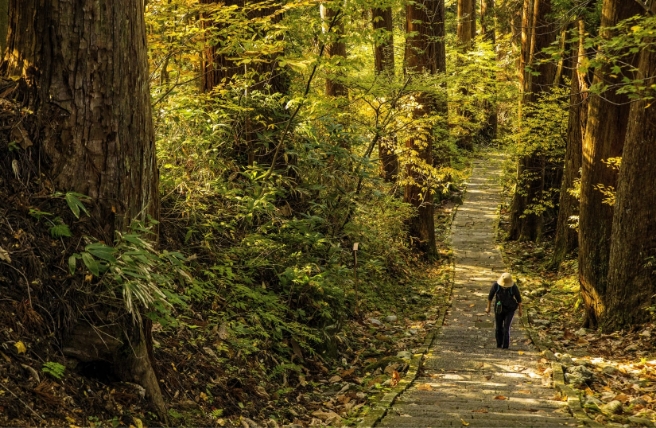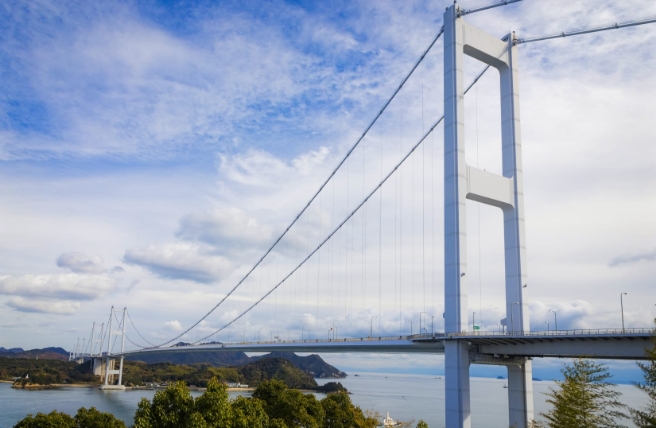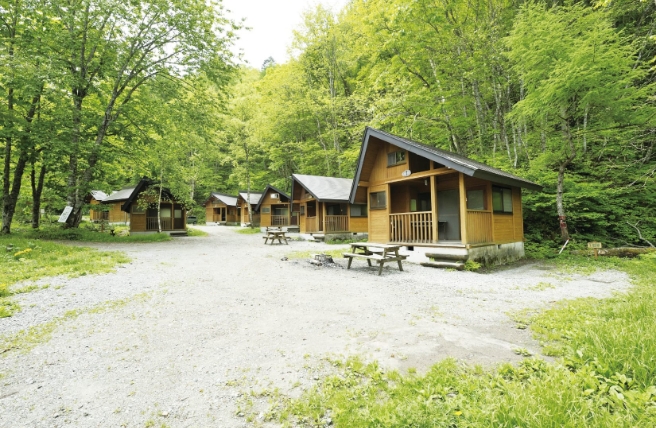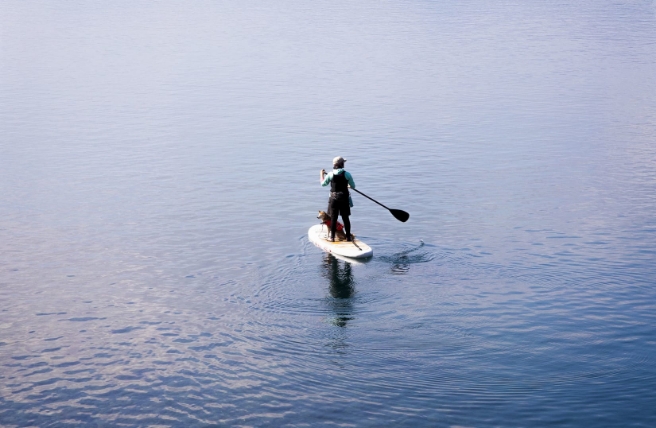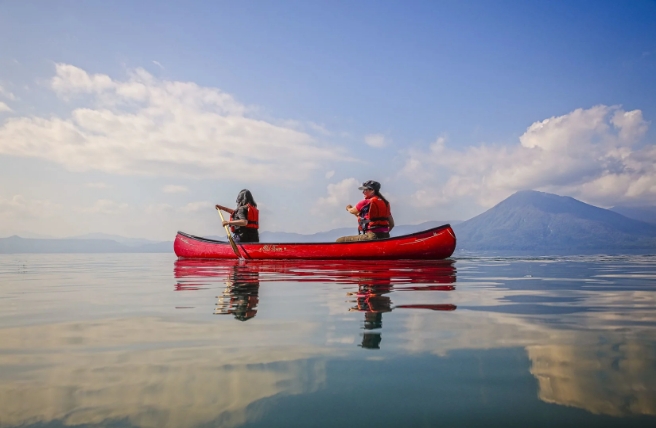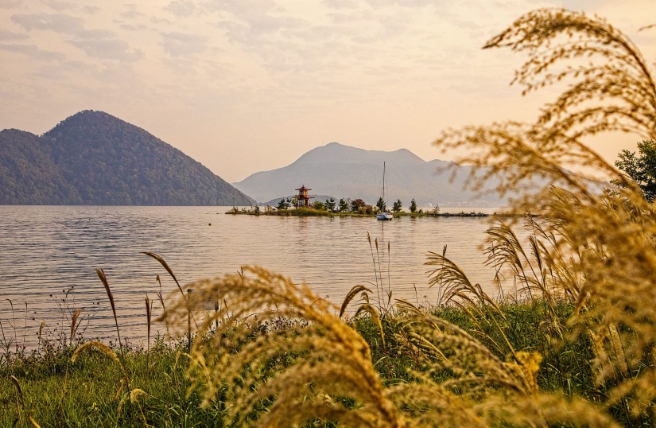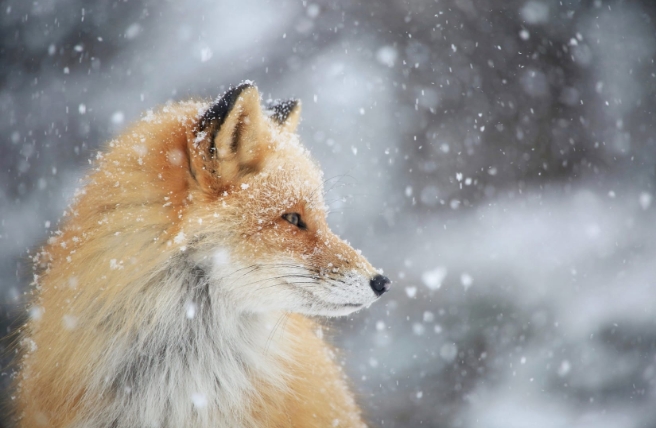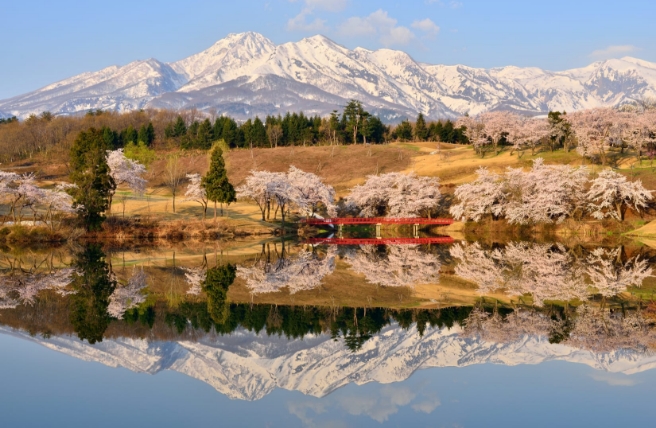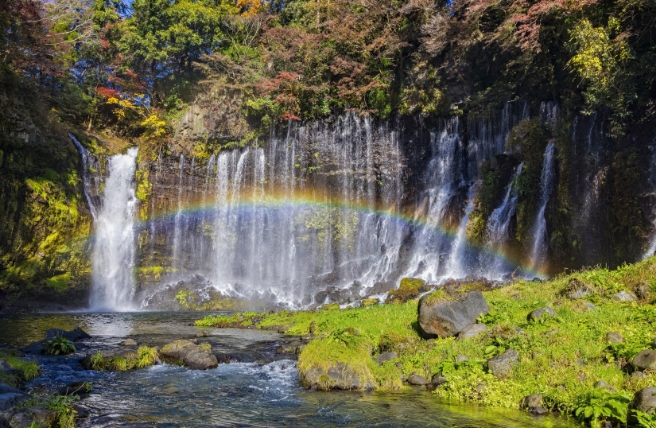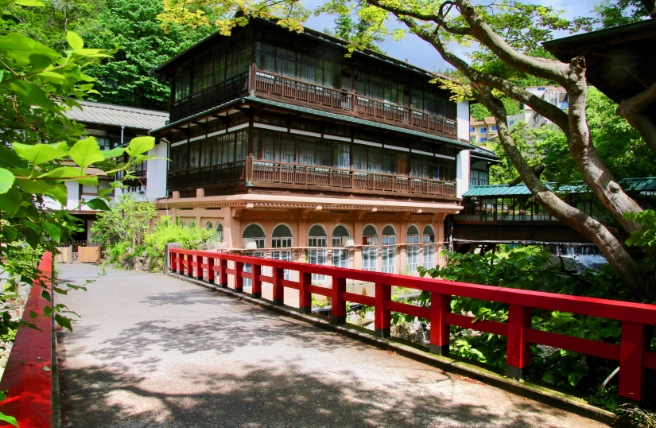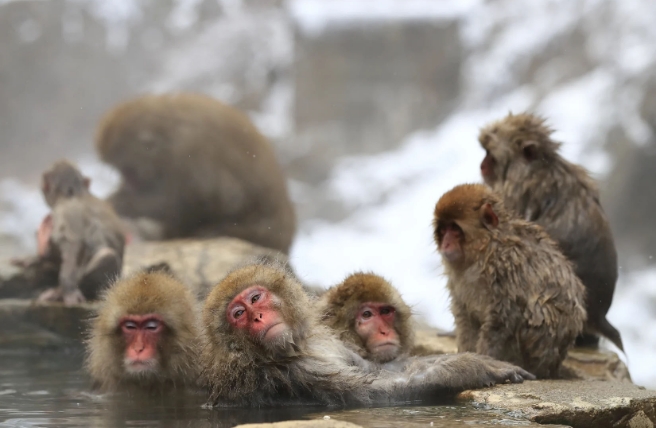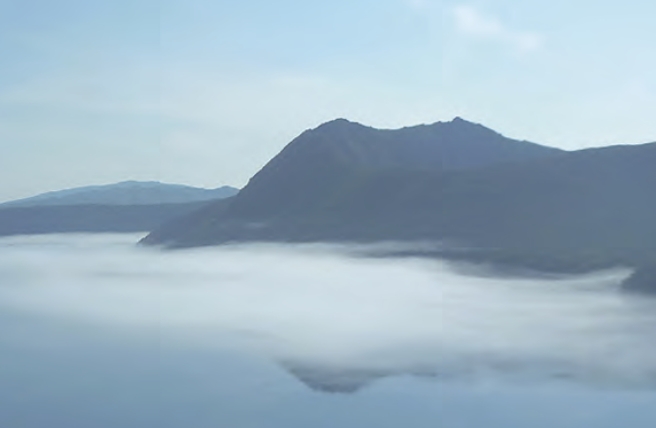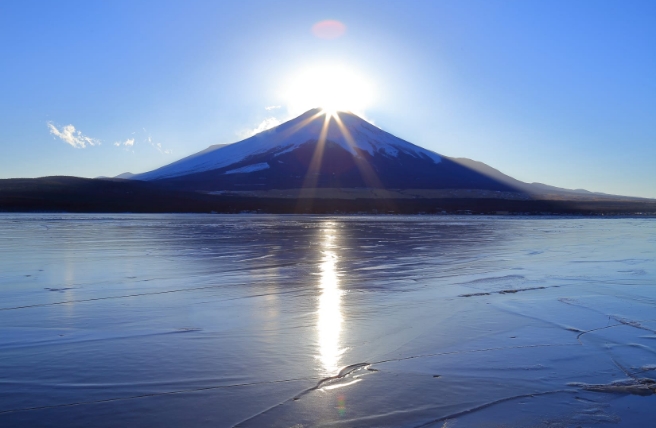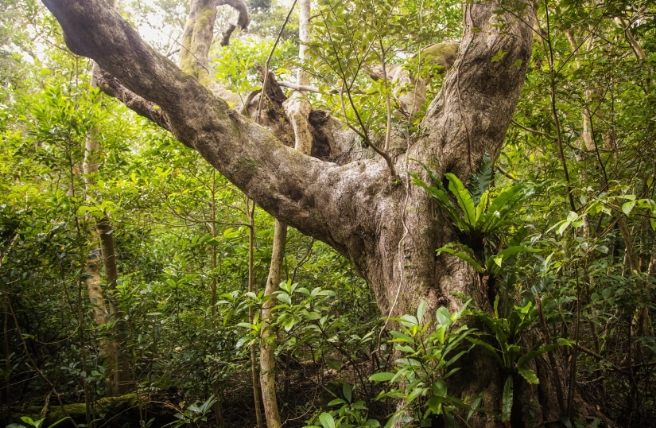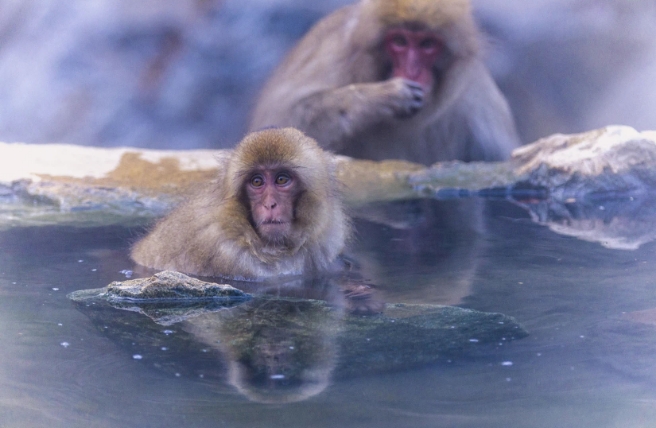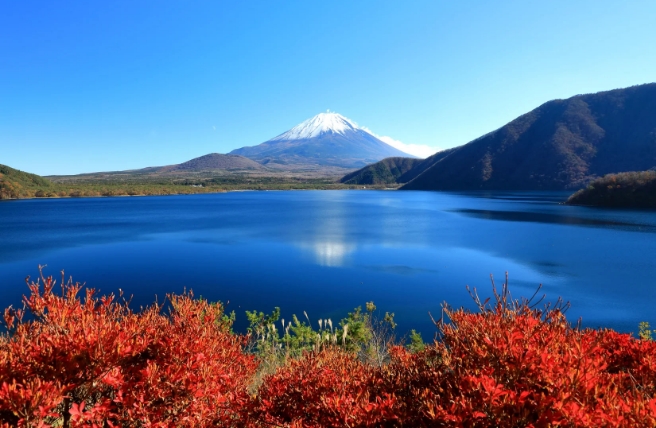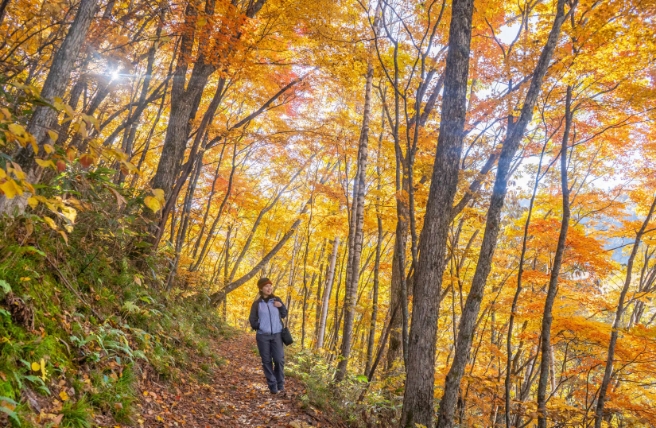Ise Shima’s sustainable food culture is rooted in local tradition and culture, including hand-plucked oysters collected by Ama, female freedivers.
Sustainable food culture in Ise-Shima National Park is rooted in tradition and religious respect for nature
Ise-Shima National Park has a deep connection with food. Sustainable fishing and farming practices make ingredients from Ise-Shima some of the most sought-after in Japanese cuisine. The national park was established to protect not only the land but also the human life of Ise-Shima. One hundred thousand people live and work within the park, where coexistence with nature is a part of life. Protecting the natural environment is integral to Ise-Shima’s livelihood.
The park is home to Ise Jingu, one of Japan's most sacred Shinto sites. The presence of Ise Jingu, a complex made up of over one hundred shrines, has influenced local cultures and traditions for around 2,000 years.
Gifts to the gods
Offerings are central to Shinto worship, and at Ise Jingu those offerings are products from the Ise-Shima region. Foods such as rice, sake, and seafood are offered to the deities. The preparation of these offerings is in itself a form of worship: local breweries dutifully brew sake for the shrines, farmers select their best rice, and freediving fisherwomen pluck abalone from the sea.
Skipjack tuna katsuobushi
Some local skipjack tuna is dried and smoked using wood from a sacred forest managed by Ise Jingu. It is shredded into very fine flakes called katsuobushi. Katsuobushi is a common ingredient in dashi stock, sauces, and as a garnish on tofu and other dishes, and it is also given as an offering for an abundant harvest during the Kanname Festival at Ise Jingu in October. The shrine even operates a salt farm and a processing factory to produce offerings for ceremonies.
One fourth-generation katsuobushi maker from Ise-Shima still smokes skipjack tuna using the same method that has been passed down for hundreds of years, creating a refined yet intensely flavored katsuobushi flake. Katsuobushi is one of the sacred foods offered to deities at Ise Jingu. According to local belief, when people eat the katsuobushi, it strengthens the spiritual connection between the realm of the gods and the world of humans.
Ise udon and Tekone-zushi
Early pilgrimage to Ise Jingu was restricted to the wealthy because of the time and expense involved. As more common people began to make the pilgrimage during the Tokugawa period (1603–1867), the food demanded by the rich during their pilgrimages was too expensive for most, so locals began serving more modest local dishes such as Ise udon and tekone-zushi.
Ise udon is a simple dish made with thicker-than-average udon noodles dressed in a mixture of soy sauce and tamari, an aged soy sauce made without wheat. The dish was served to hungry pilgrims who needed a wholesome meal to fill their stomachs after their long journey. Today, visitors can sample Ise udon after strolling through Ise Jingu’s grounds.

Tekone-zushi is a fisherman's dish that became popular with pilgrims. Fishermen sell the more expensive, tender cuts of tuna and bonito and then slice the remaining pieces and marinate them in soy sauce and sugar to tenderize the flesh. These pieces are scattered over a tray of sushi rice with ginger, shiso (perilla), and seaweed. The flavor of the fish combined with the sweet and salty marinade complements the rice and shiso.
Ama: diving fisherwomen
Ama is the Japanese name for women who fish by freediving. Ama forage for oysters, abalone, and spiny lobsters in the seas around Ise-Shima. They freedive to the ocean floor for up to one minute, often to depths of 20 meters, without any diving equipment besides a floating wooden tub that is used for buoyancy and storing their foraged delicacies. Since the eighth century, the work has been exclusively for women. Traditionally in Japan, women have been considered more suited to diving because of their fat distribution and ability to hold their breath.
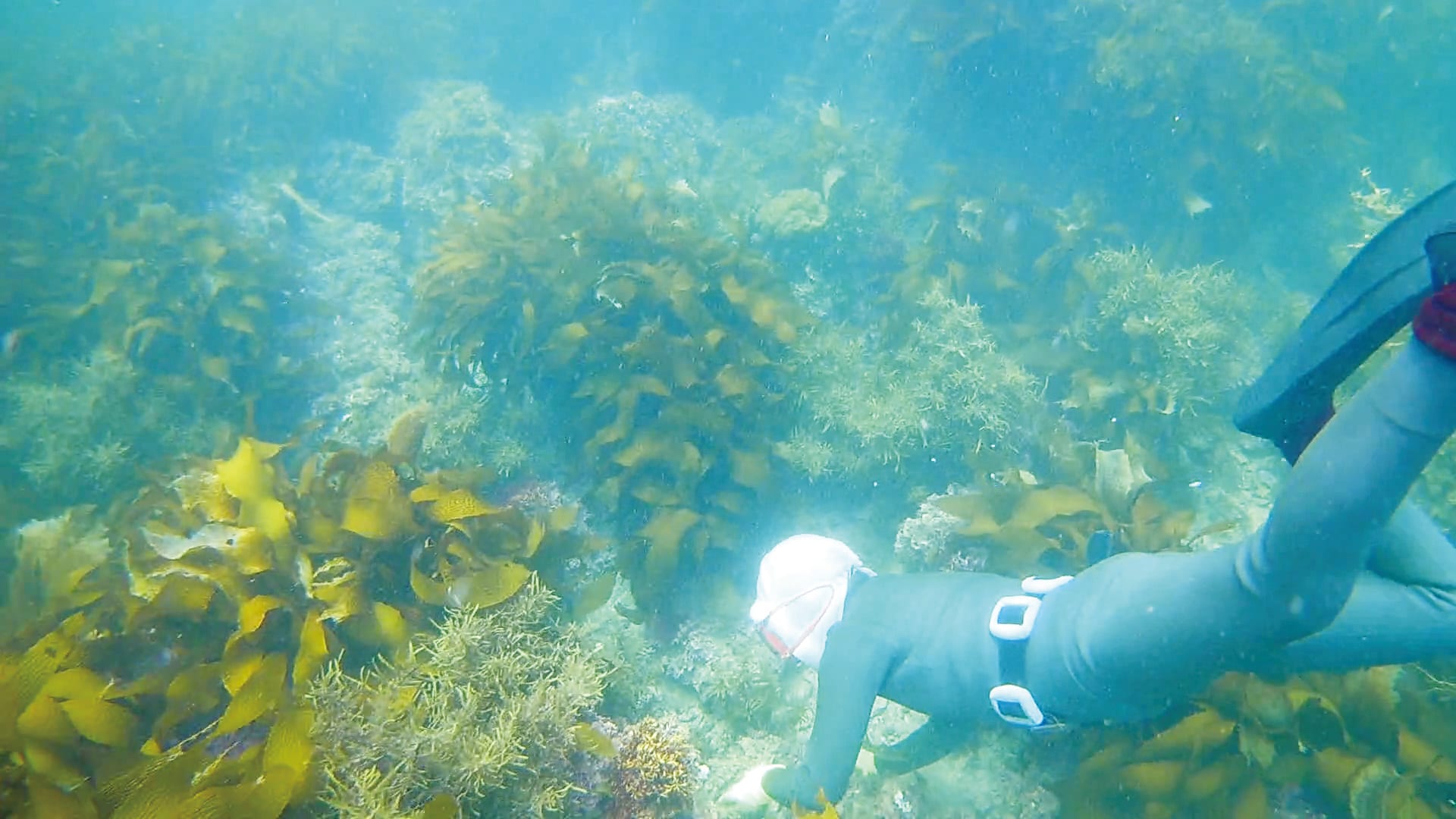
Their white diving hats and bathing attire are considered good luck, and most ama wear a protective amulet around their necks while they work. Freediving this way requires a steely calm, a love of the sea, and strong lungs.
Ama used to dive for pearls as well as seafood, and some still find wild pearls in Ise-Shima. But most pearl production now comes from farms, so the ama focus on foraging the seafloor. Their catch is based on a traditional harvest management system that selects shellfish based on size, ensuring there is always a sustainable population. The protected ecosystems of the national park promote abundant wildlife populations in the clean estuaries and coastlines in which ama work. The highly selective and conservative harvest method that they use prevents the ecosystem from being overfished and ensures its survival for many generations. Most ama, however, are in their sixties, and fewer young people are joining the ranks of this traditional occupation. It's unclear if ama and their particular form of fishing will find a new generation of divers.
Many ama bring their haul back to the fish market where they sell and prepare the seafood that they collect. Visit an Amagoya, a hut where ama rest and warm up. A visit to one of these huts is a fascinating opportunity to get to know the lives of ama and to eat fresh seafood. Many are happy to answer questions as they grill seafood over a low fire and top it with a splash of citrus and a blend of seven spices called shichimi togarashi. The oysters, spiny lobsters, scallops, abalone, sea urchin, and squid plucked straight from the sea by ama have a fresh flavor that’s not to be missed.

Seasonal kaiseki cuisine
The food of Ise-Shima offers both humble flavors and haute cuisine. The region has long provided delicacies for the imperial household, especially its famous spiny lobsters and abalone. Today, Ise-Shima also shares its seafood, seaweed, and produce with high-end restaurants all over the country.
Kaiseki cuisine developed out of simple, traditional meals, made with whatever was at hand, and has developed into an elaborate exploration of seasonal ingredients. It was originally centered around a bowl of soup and three side dishes, and is now a multi-course meal using traditional Japanese cooking techniques.
Ise-Shima provides many seasonal cues for kaiseki. Oysters and spiny lobsters come into season in the cold months. Sake is brewed over the winter and is ready to drink as trees start to bud and flowers begin to blossom in spring. Many kinds of seaweeds are picked seasonally, and rice is harvested in late fall. This seasonal progression of abundance is an important part of the food culture of Ise-Shima.
Natural and cultural conservation in Ise-Shima National Park
"When it comes to culture and cuisine, Tokyo looks to Kyoto," says Tempaku, the Ise-based katsuobushi maker. "And Kyoto? It looks to Ise-Shima."
The attention to producing and gathering the best harvest to offer Shinto deities allows the traditional food culture of Ise-Shima to remain viable, even in a changing world. Ise-Shima National Park is not just a natural reserve, but a reserve of food culture as well. Losing the natural environment would mean losing the food culture. Conservation in Ise-Shima isn’t just good environmental policy; it’s spiritual.
Written by Brock Kuhlman
